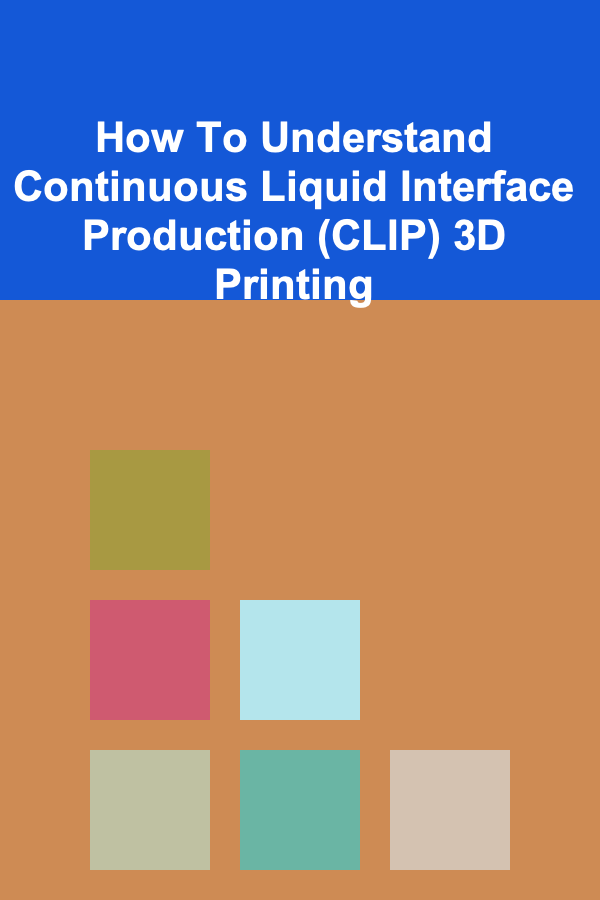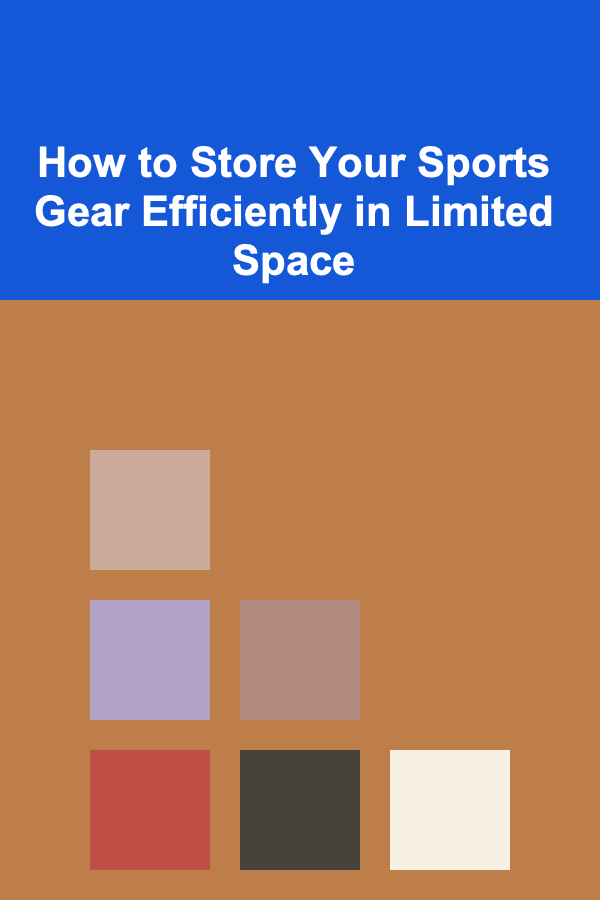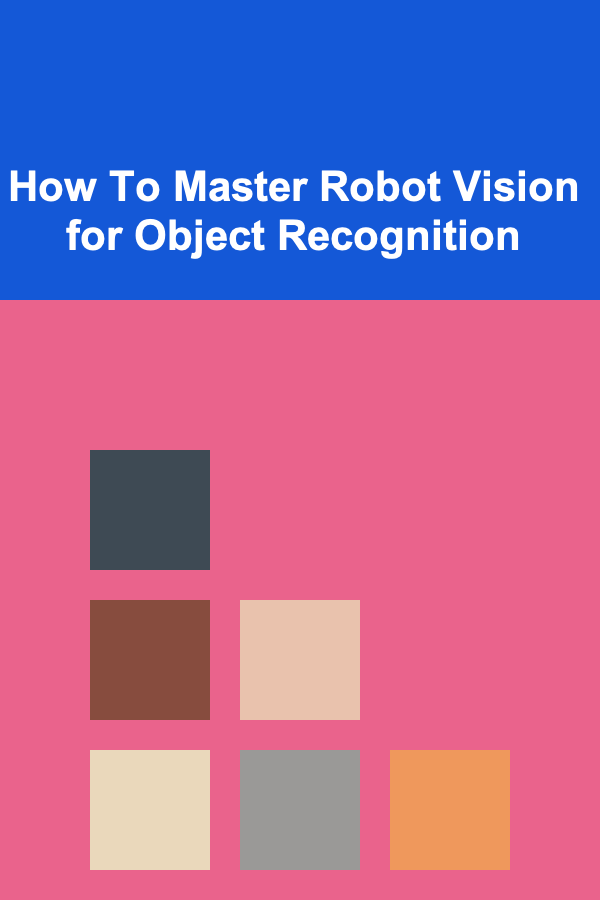
How To Understand Continuous Liquid Interface Production (CLIP) 3D Printing
ebook include PDF & Audio bundle (Micro Guide)
$12.99$9.99
Limited Time Offer! Order within the next:

3D printing, or additive manufacturing, has rapidly evolved over the past few decades, revolutionizing industries ranging from automotive to healthcare. One of the most groundbreaking technologies in 3D printing is Continuous Liquid Interface Production (CLIP), a method developed by Carbon, a 3D printing company. CLIP offers several advantages over traditional 3D printing techniques, including faster print speeds, higher resolution, and the ability to print functional materials. This article explores how CLIP works, its advantages, applications, challenges, and potential for the future of 3D printing.
What is CLIP 3D Printing?
CLIP is an advanced form of stereolithography (SLA), a popular 3D printing method that uses light to cure liquid resin layer by layer to create solid objects. Unlike traditional SLA, CLIP uses a continuous, dynamic process that creates objects faster and with greater precision.
The process works by projecting ultraviolet (UV) light through a transparent window submerged in a tank of resin. This light is selectively projected onto the resin's surface, causing it to cure and solidify. As the part builds up, the platform holding the object gradually rises, allowing fresh liquid resin to flow under the part, maintaining a continuous printing process without interruptions. This is where CLIP sets itself apart from other SLA methods, as it enables the 3D printer to continuously print without the need for repeated pauses between layers.
Core Elements of CLIP Technology
To understand how CLIP works, it's crucial to break down its core elements:
- Resin Tank: A reservoir of liquid resin that sits beneath the build platform. This resin is sensitive to UV light, allowing it to cure and harden when exposed.
- Transparent Window: The base of the resin tank contains a transparent window, typically made of a material like glass or silicon, which allows light to pass through and cure the resin.
- Digital Light Projector (DLP): A light source that projects a pattern of UV light onto the surface of the resin, curing it layer by layer. This light is controlled by a computer, which dictates the exact design that will be printed.
- Oxygen Permeable Membrane: A critical component of the CLIP process is the oxygen barrier. The oxygen prevents the resin from curing at the interface between the resin and the window, ensuring that the part is able to form continuously. The oxygen inhibits the curing process, allowing for continuous printing without interruption.
- Build Platform: This is the surface onto which the resin is cured and built up. As the object prints, the build platform moves upward, allowing the uncured resin to flow back under the part, ensuring continuous operation.
How Does CLIP Work?
The Principle of Continuous Printing
CLIP operates by harnessing a unique combination of light and oxygen to create objects layer by layer. Unlike traditional 3D printing technologies, where each layer is printed separately and solidified before the next one begins, CLIP creates a seamless print process.
- UV Light and Resin Interaction: The printer uses a digital light projector to project UV light patterns onto the resin. This UV light selectively cures the resin, causing it to solidify according to the design.
- Oxygen Interface: A key part of CLIP's technology is the oxygen interface. The oxygen permeable membrane beneath the resin tank inhibits the curing of the resin at the interface with the transparent window. This allows the resin to remain in a liquid state just below the cured part, which enables continuous printing.
- Dynamic Printing Process: As the part is being created, the build platform rises continuously, keeping the resin fresh and allowing the liquid to flow underneath the growing object. This continuous process eliminates the need for the "stop-and-go" nature of traditional SLA, where the platform would lift, pause, and then lower to cure the next layer.
- High-Speed Printing: Because CLIP doesn't require repeated pauses between layers, the process can print much faster than conventional SLA or FDM (Fused Deposition Modeling) printers. The speed comes from the continuous curing and dynamic movement of the build platform, allowing CLIP to produce objects in hours rather than days.
Layerless Printing: The Magic of CLIP
One of the standout features of CLIP is that it can create objects with a smooth surface, eliminating the visible layer lines that are typical in many 3D printing methods. Traditional SLA and FDM prints typically show visible layers where each slice of material was applied and cured. However, in CLIP, the object is continuously formed, which results in a smooth, layerless finish that is aesthetically more appealing and may even be more durable.
Advantages of CLIP Over Other 3D Printing Methods
1. Faster Print Speeds
One of the most immediate benefits of CLIP is its printing speed. Traditional SLA and FDM printers often face limitations in printing speed due to the need to print each layer sequentially. With CLIP's continuous printing method, objects can be printed much faster. The uninterrupted flow of resin and consistent light curing reduces the time needed to complete complex geometries.
2. Higher Resolution and Accuracy
CLIP printers are capable of producing highly detailed prints with excellent resolution. The use of a digital light projector enables precise control over the curing process, ensuring that even the finest details of a design are captured accurately. This makes CLIP ideal for applications that demand high levels of precision, such as in medical devices, dental models, and engineering prototypes.
3. Smooth, Layerless Surfaces
Traditional 3D printing often leaves visible layers, which can impact the final quality and finish of the product. CLIP's continuous printing process results in smooth, layerless surfaces. This advantage makes it perfect for producing aesthetically appealing objects or functional prototypes that require high-quality surface finishes without the need for post-processing.
4. Material Versatility
CLIP supports a wide range of materials, from flexible elastomers to rigid resins. These materials can be used for various industries, including automotive, healthcare, and consumer goods. Carbon, the company behind CLIP technology, offers materials with specific properties such as durability, flexibility, and heat resistance, opening up new possibilities for manufacturing functional parts.
5. Enhanced Durability
Because of the continuous nature of the CLIP printing process, parts often have better structural integrity compared to those produced with traditional methods. The consistent curing process helps to ensure uniformity in the object, reducing the likelihood of weak spots or inconsistencies in the material.
Applications of CLIP 3D Printing
1. Automotive Industry
The automotive industry has greatly benefited from CLIP's speed and material versatility. Engineers and designers use CLIP for rapid prototyping of parts, enabling faster design iterations. CLIP also allows for the creation of functional parts such as custom brackets, air vents, and even lightweight structural components.
2. Medical and Dental Applications
The medical and dental fields have adopted CLIP technology for producing patient-specific medical devices, such as prosthetics, implants, and surgical guides. The precision and smooth finish of CLIP prints make them ideal for creating detailed models of organs or body parts, allowing for better planning of surgeries or medical treatments.
3. Consumer Goods
The ability to create functional prototypes and end-use parts with intricate designs has led to CLIP's adoption in the consumer goods industry. From footwear and eyewear to custom phone cases and other accessories, CLIP offers a unique way to produce personalized products with exceptional detail and quality.
4. Fashion and Jewelry
The fashion and jewelry industries are also exploring CLIP for producing intricate, customized designs. The smooth, layerless finishes enable the creation of high-end fashion items and jewelry with fine details that would be difficult to achieve using traditional manufacturing methods.
5. Engineering and Prototyping
Engineers use CLIP for rapid prototyping of complex components. The speed, precision, and material options offered by CLIP make it a useful tool for testing functional parts before moving on to full-scale production. It also allows for iterative design, helping engineers quickly test and refine concepts.
Challenges and Limitations of CLIP
While CLIP offers numerous advantages, there are still some challenges and limitations to consider.
1. Cost of Equipment
One of the primary barriers to widespread adoption of CLIP technology is the cost of the equipment. The high-end nature of CLIP printers means they are often out of reach for smaller businesses or hobbyists. However, as the technology matures, it's expected that the cost of printers and materials will come down.
2. Material Limitations
Although CLIP supports a wide range of materials, it still lacks the same breadth of material options available in traditional 3D printing methods like FDM. The selection of materials, especially in terms of flexibility and strength, is continually expanding, but it may not yet meet the needs of all industries.
3. Size Limitations
CLIP technology, while fast and efficient, may still have some limitations when it comes to the maximum size of the objects it can produce. Larger objects require more space, and the cost of building larger tanks and platforms can be prohibitive. However, for many applications, the size constraints are not a significant issue.
4. Post-Processing
While CLIP eliminates visible layer lines, some objects still require post-processing to achieve the desired finish. Depending on the material and application, this may include cleaning the object of excess resin, curing the part further under UV light, or polishing the surface to remove any imperfections.
The Future of CLIP 3D Printing
The future of CLIP technology looks promising, with continued advancements in both the hardware and software driving the development of new materials, faster printing speeds, and even larger build volumes. As the technology matures, it is expected that more industries will adopt CLIP for both prototyping and full-scale production.
Furthermore, as the cost of CLIP printers decreases and material options expand, it is likely that the technology will become more accessible to a wider range of manufacturers and designers. The flexibility, speed, and resolution offered by CLIP could make it a mainstream solution for industries that rely on precision and high-quality output.
Conclusion
Continuous Liquid Interface Production (CLIP) 3D printing is an exciting and transformative technology that offers significant advantages over traditional 3D printing methods. With its faster print speeds, higher resolution, smooth surfaces, and material versatility, CLIP is poised to impact various industries, from automotive to healthcare. While there are still challenges to overcome, such as cost and material limitations, CLIP's potential is vast. As the technology evolves and becomes more accessible, it could become a cornerstone of the next generation of 3D printing innovation.

How to Create a Structured Music Lesson Plan for Beginners
Read More
How to Make Stunning DIY Party Decorations and Supplies Yourself
Read More
How to Make Your Home More Secure with Smart Home Technology
Read More
How to Soundproof Your Bedroom Against Snoring or Loud Neighbors
Read More
How to Store Your Sports Gear Efficiently in Limited Space
Read More
How To Master Robot Vision for Object Recognition
Read MoreOther Products

How to Create a Structured Music Lesson Plan for Beginners
Read More
How to Make Stunning DIY Party Decorations and Supplies Yourself
Read More
How to Make Your Home More Secure with Smart Home Technology
Read More
How to Soundproof Your Bedroom Against Snoring or Loud Neighbors
Read More
How to Store Your Sports Gear Efficiently in Limited Space
Read More